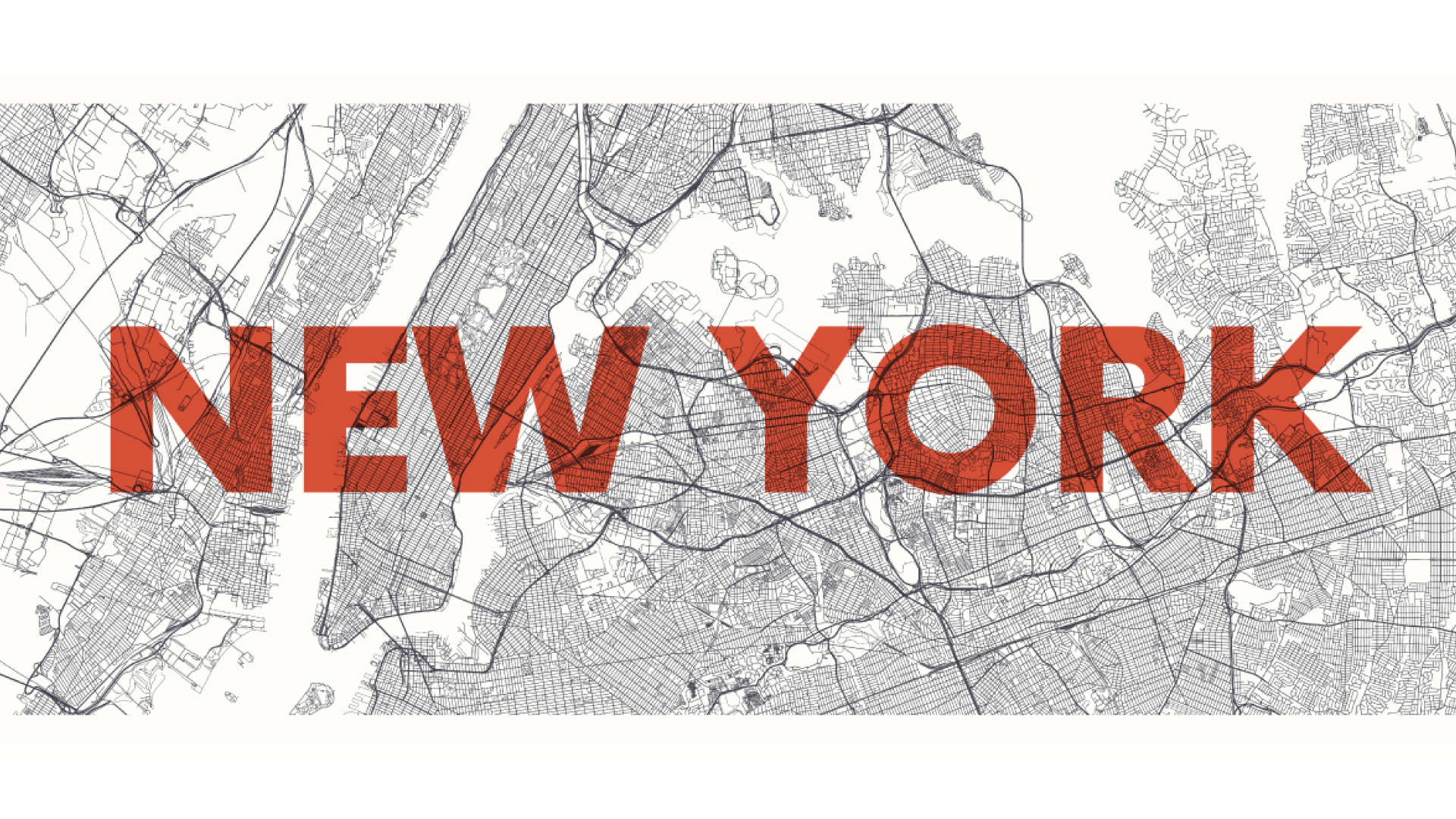
About i360’s Population & Migration Data: i360’s Population Data, is a comprehensive dataset of address history and its demographics, for all individuals in i360’s comprehensive database of 270+ million US consumers.
Covid-19 drove a mass exodus from many large cities in America, particularly New York—the epicenter of the outbreak. But today, i360s Mover’s data confirms broader migration trends that signal the start of a revival in cities like New York. The Mover’s data is a comprehensive mart of quarterly, individual-level address changes across the country, going back to 2015. Now it seems, “the city that never sleeps” is starting to awaken as a portion of the population returns.
Who are these movers and where are they now?
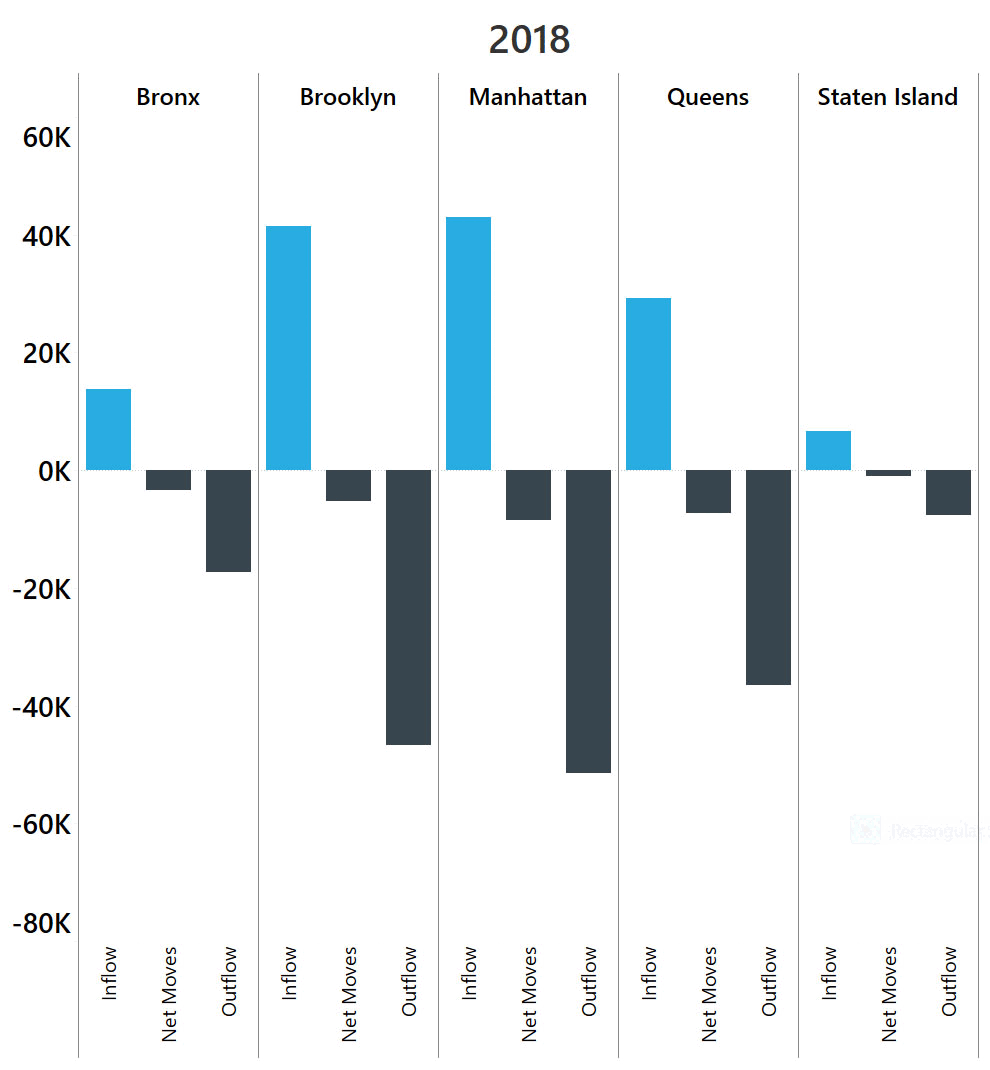
Thanks to i360’s Population and Migration data we know the answer to this. Identified movers are matched back to i360’s proprietary database of 270+ million US consumers containing 700+ datapoints of purchase, lifestyle, behavioral, and affinity demographics. An analysis of New York City county-level migration patterns reveals that different neighborhoods experienced different trends. Among the five boroughs that make up New York City proper (Manhattan, Brooklyn, Queens, Bronx, and Staten Island), each witnessed significant outflows following the pandemic, but Brooklyn & Manhattan saw the most drastic population change. Between 140-160K residents moved out after COVID.
Even though the overall population trend shows outflows continuing to exceed inflows, net migration is getting closer to neutral in 2022, with a total for all 5 boroughs at less than -15,000.
Brooklyn & Manhattan
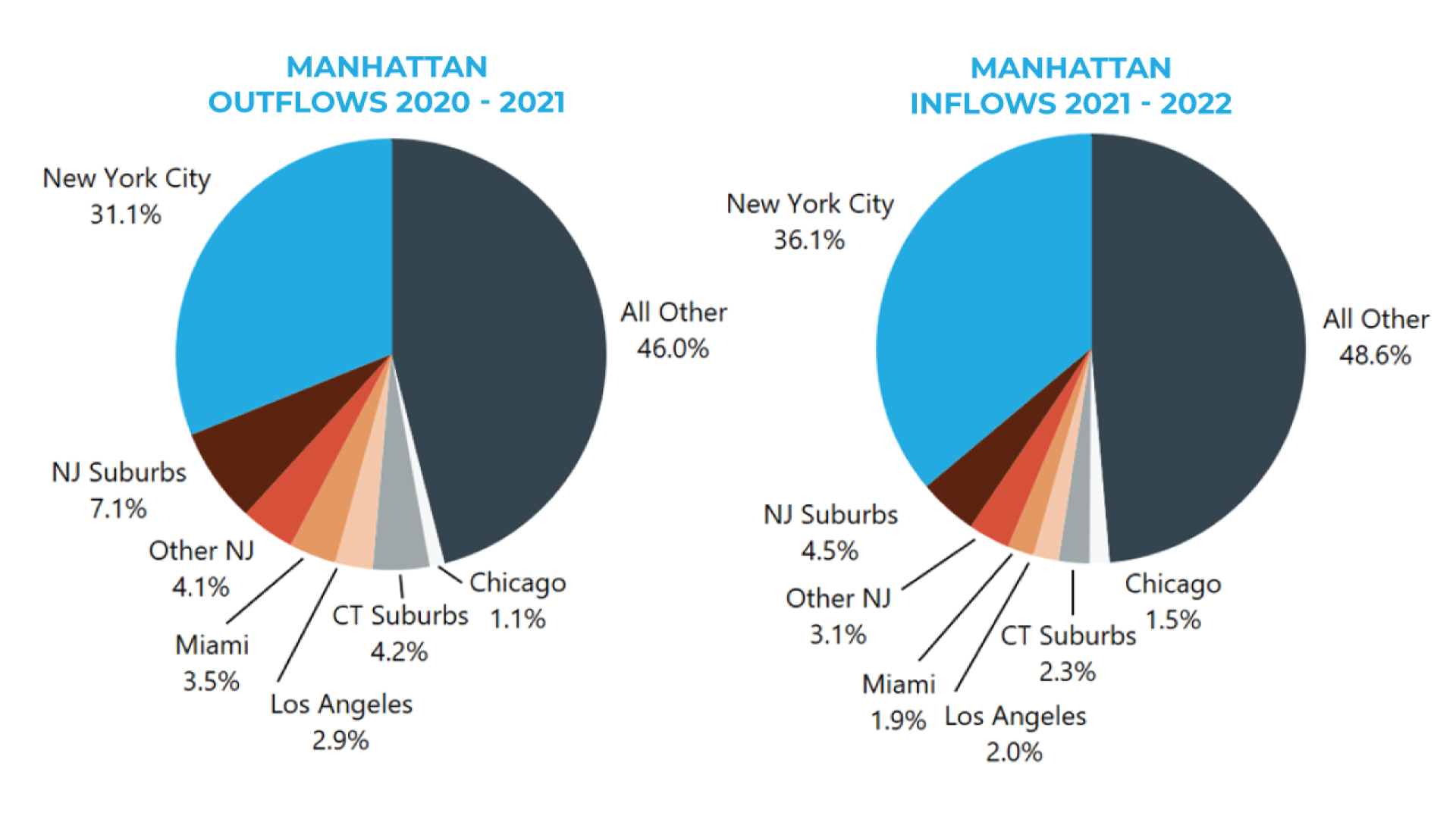
Brooklyn and Manhattan movers, similarly, were well-educated, high-income earners and predominately white. While the distribution of age ranges was roughly equal between the two boroughs—almost half were between 30-44 years of age and another quarter between 18-29 years—Manhattan skewed higher among top income earners (22% and 34% respectively made over $125K a year) and those who were white. According to recent census data, that’s more than twice as much as the median income for both locales.
These individuals were most likely to move to other major metropolitan cities such as Miami, Los Angeles, Chicago, Philadelphia, San Francisco, and DC. A third moved to different boroughs in New York City and another 7% moved to the surrounding suburbs of New Jersey.
Notably, the amount of people returning from these cities over the past year was approximately equal to the percentage of those who left during COVID, with the exception of Miami. (Only half of Miami movers returned to New York City.) This segment of the market likely consists of young and middle-aged working-class professionals who are highly mobile and prefer an urban lifestyle. Data from the real estate market supports this trend, with an analysis from UrbanDigs Analytics finding steep increases in luxury contracts at the end of 2021, and strong buyer interest. The timing coincides with New York City’s reopening in September 2021 as public schools returned to in-person learning, city government called office workers back, and Broadway curtains rose after an 18-month hiatus.
Bronx
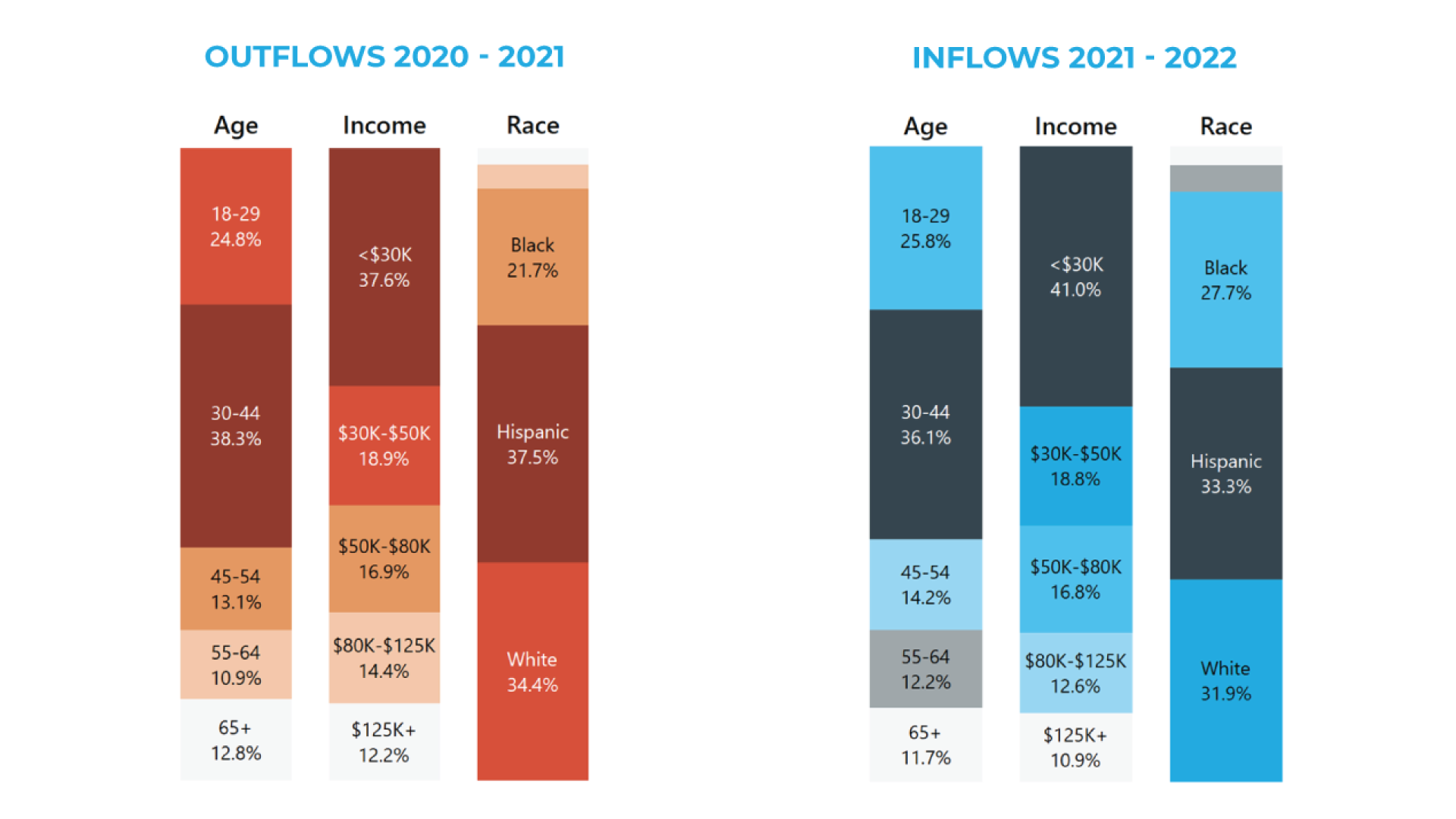
In the Bronx, over half of movers were either African American or Latino, and a third were low-income (less than $30K a year). Of those that left the state of New York, roughly 20% moved to the New Jersey suburbs of Bergen, Hudson, and Essex counties or Fairfield/New Haven, CT. Interestingly, the top non-regional destination was Orlando, FL. However, of those that are returning, 54% are relocating from a different borough of New York City. These movers are likely common-sense commuters who are looking for affordable housing and proximity to employment.
Staten Island
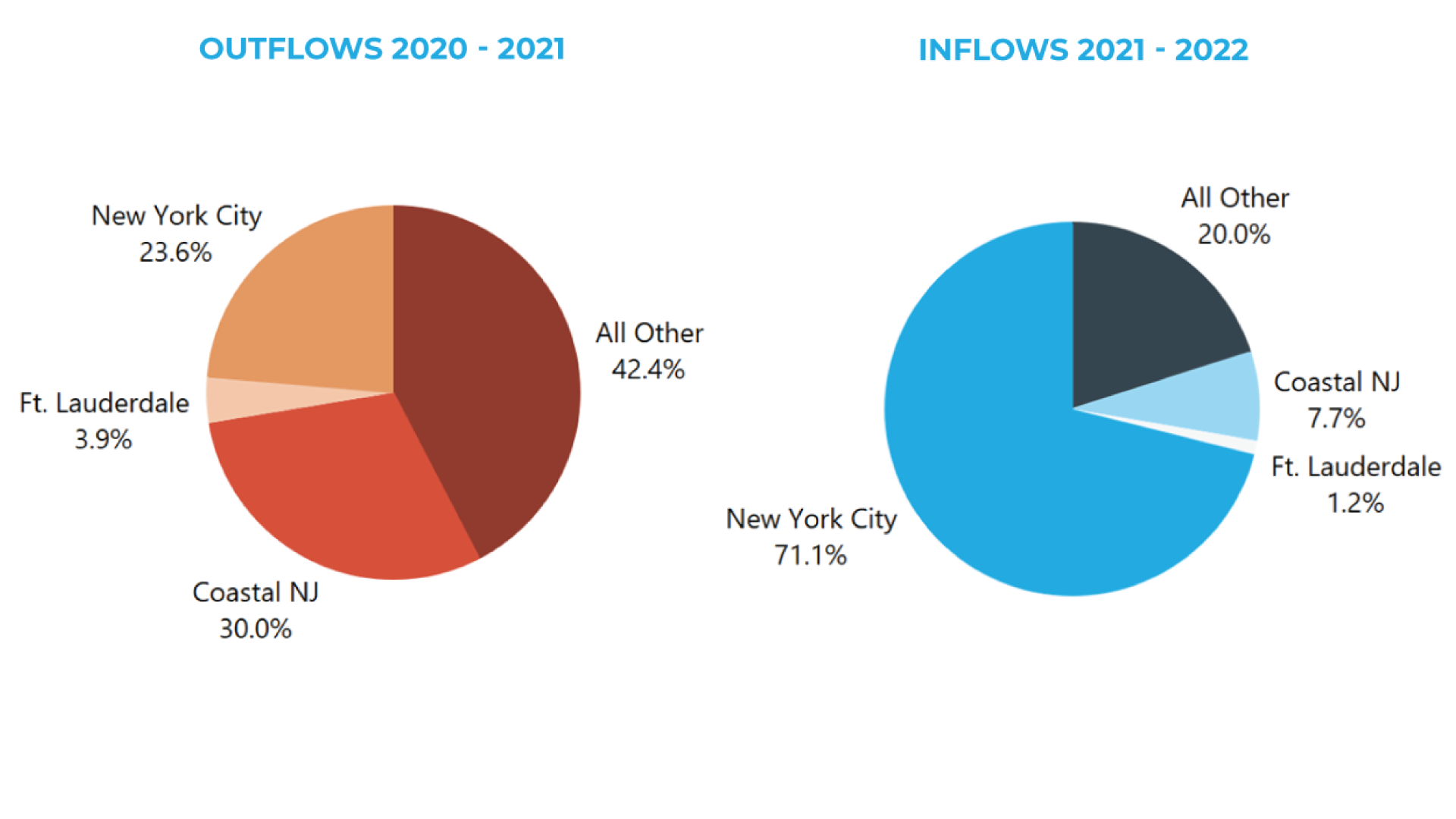
Staten Island was a different tale entirely. Over a third of the outflows were people over the age of 55, predominately white, and almost half were high-income earners (more than $125K a year) or upper-middle class ($80-$125K a year). These individuals were most likely to move to similar coastal regions such as Fort Lauderdale, FL or East Jersey. In fact, 30% of all moves post-pandemic landed in Monmouth, Ocean, Middlesex, or Union County, New Jersey. Much like the Bronx though, 71% of inflows returning to Staten Island originate from New York City. What this means is that those who moved to far away beaches are not likely to return.
Queens
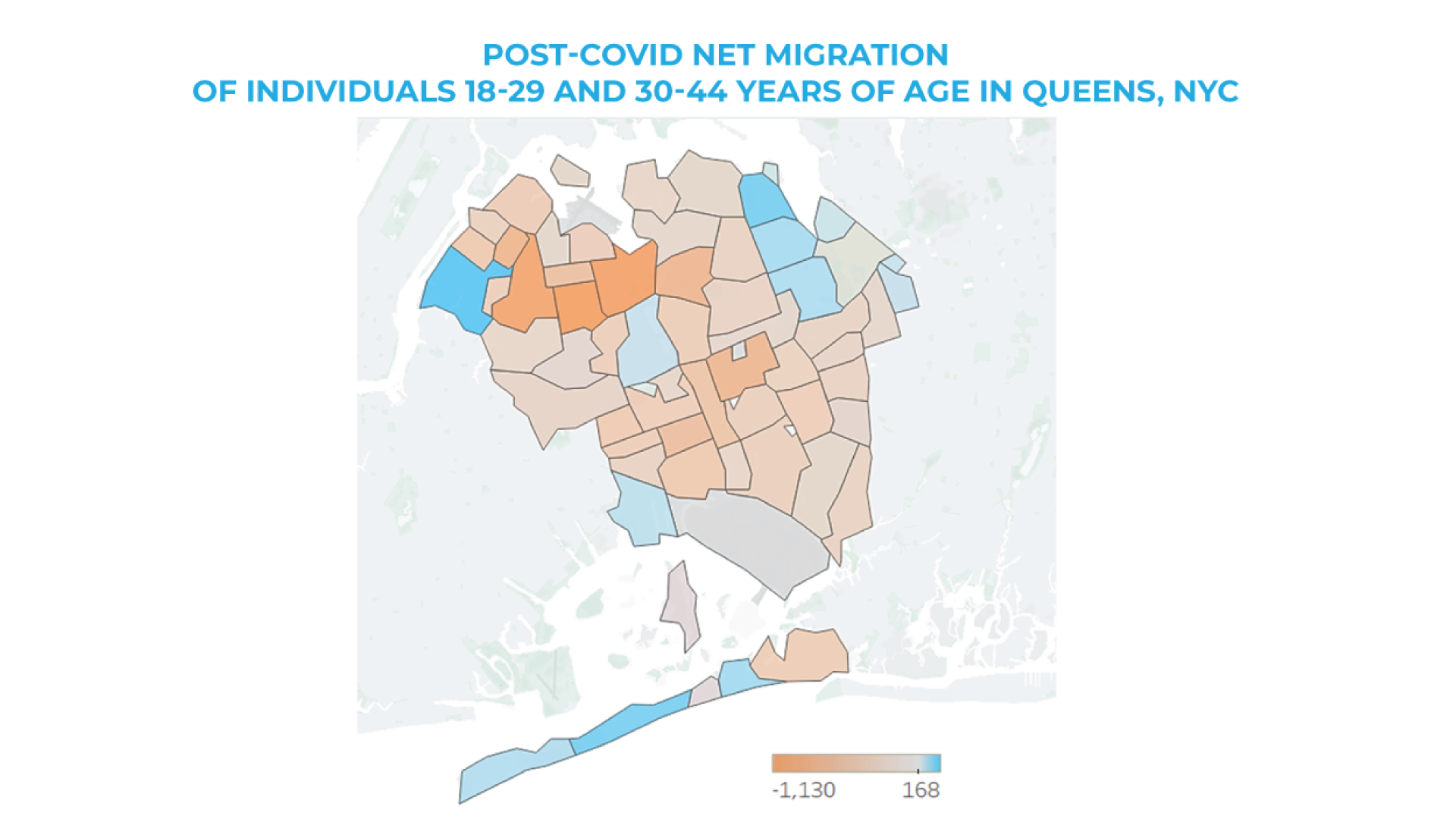
Lastly, the migration patterns for Queens county mirror the commuter profile of the Bronx but are similar demographically to Brooklyn. Top destinations post-COVID include the New Jersey suburbs, Ft. Lauderdale and Los Angeles, CA. A third of all outflows stayed within the New York City metropolitan area. The distribution of income ranges was fairly even, with 18-24% of movers in every bracket. About half of this population is white and 43% are 30-44 years of age. Another 21% are 18-29 years of age. Those that are returning are moving in from different boroughs of New York City, with 50% of inflows coming from in-state. Overall, these movers seem to prefer to remain local and are likely working-class, middle-income families.
In summary, New York City is seeing a return to normal—or at least, a “new” normal. The pandemic has forever altered social and family structures. It’s changed employers’ views on telework, prompting many companies to adopt a hybrid model or allow for long-term remote work. With several top-tier banks such as Goldman Sachs and JP Morgan walking back their return-to-office plans, it could be several more months before migration flows turn positive again. The population shifts that resulted from the pandemic are sure to have ripple effects for years to come. To stay up-to-date on the latest migration trends, find more information on i360’s population data.
Disclosure: The information in these blog posts, based on i360’s Population and Migration data, is for informational purposes only and should not be construed as investment advice on any matter.

